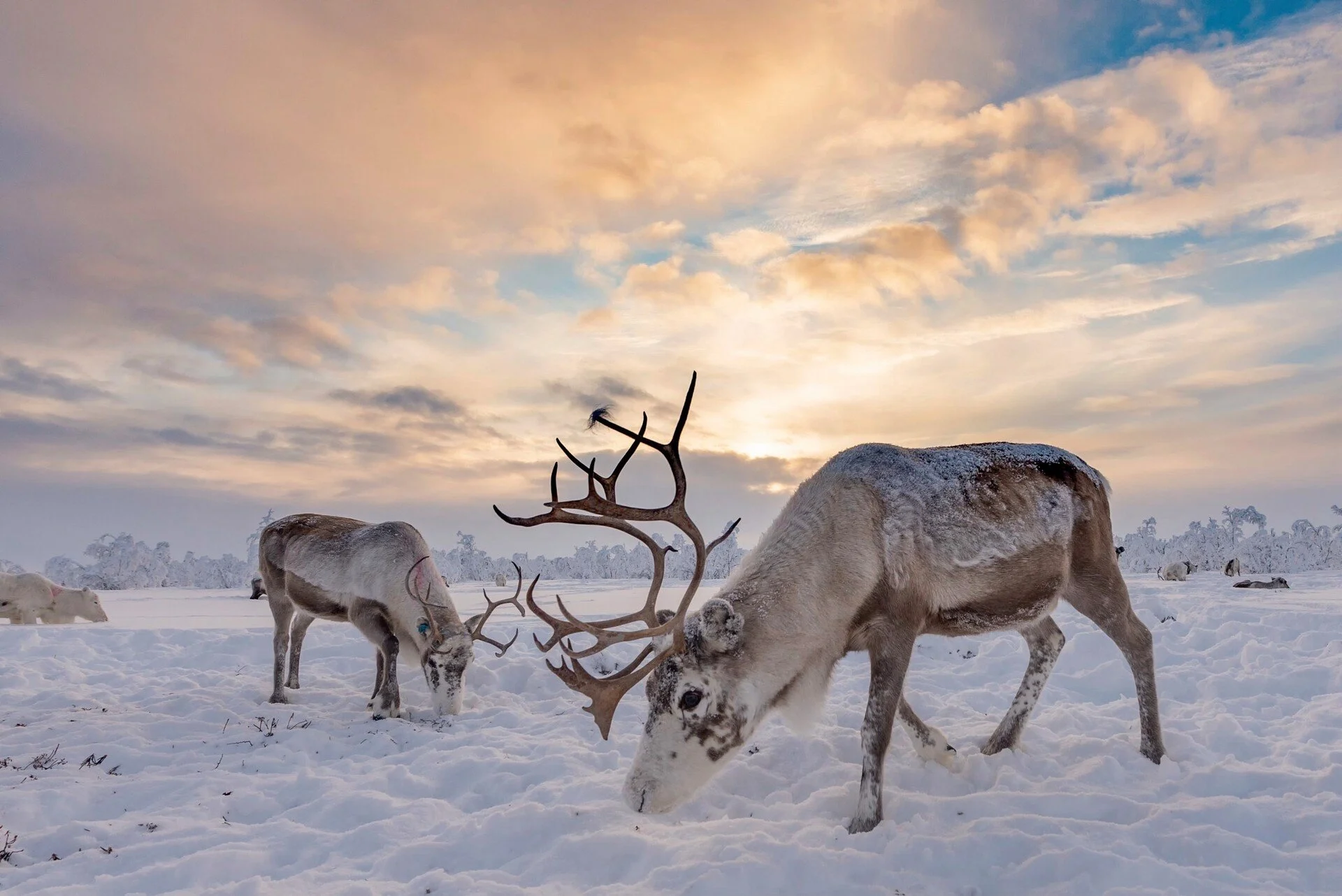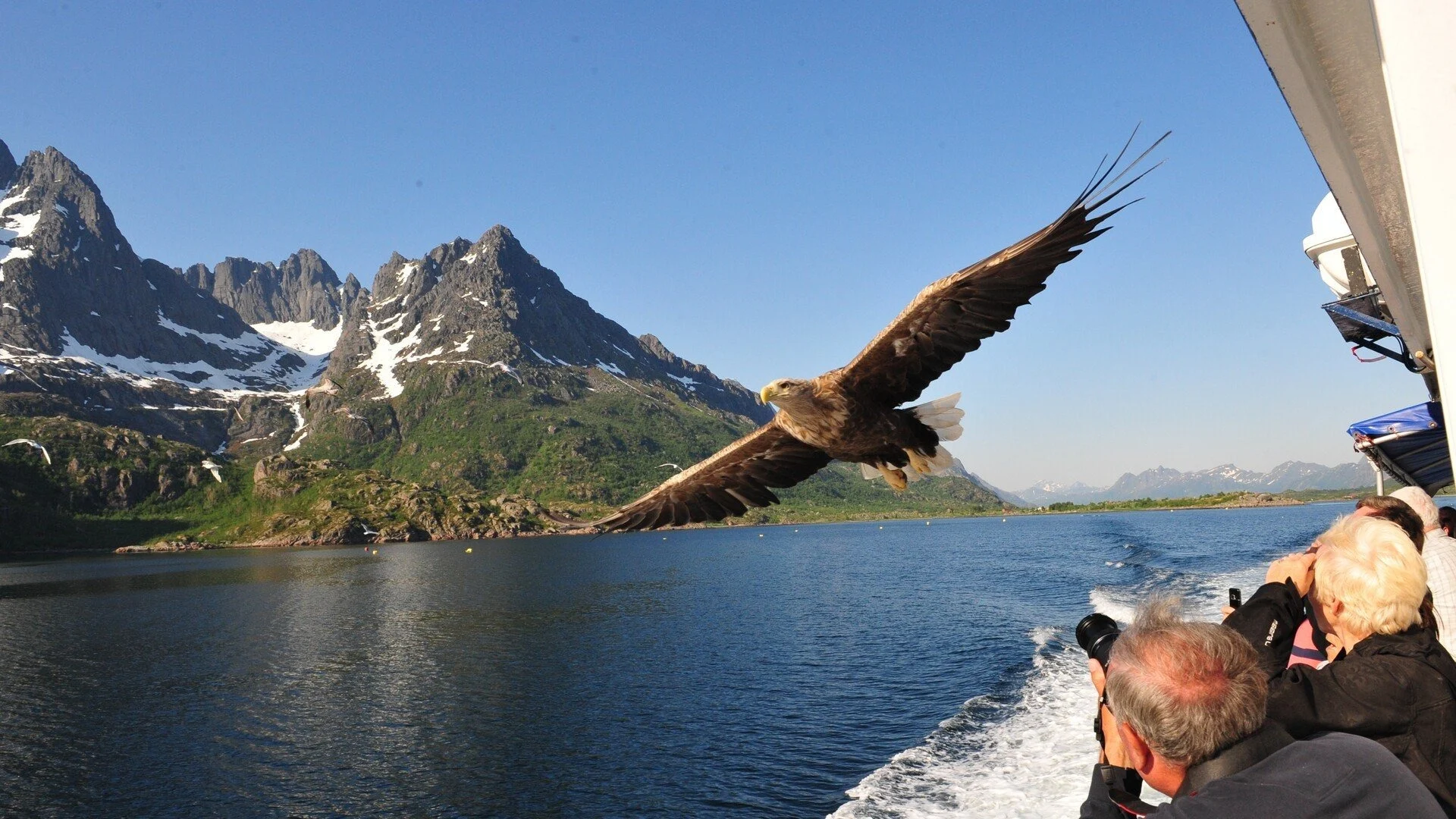
Wildlife on the Norwegian coast
As a result of its varied geography and climate, Norway is home to a wide range of animals – from the deepest seas to the highest mountains.
Diverse, exotic, raw – the exciting wildlife is one of the main draws for people travelling to coastal Norway. There is life in the deepest depths of the ocean and far above the tallest mountains.
While some species are found only in certain areas, others migrate and follow us all the way along the coast.
Under the sea
No other living creature along the coast means more to Norway as a country than fish. For centuries, it has been one of the biggest sources of food and export income – and was the reason humans settled here in the first place.
Whether you’re dining in Norway’s Coastal Kitchen or on a boat trip with locals in the fjords, fish will play an important part of your journey in Norway.
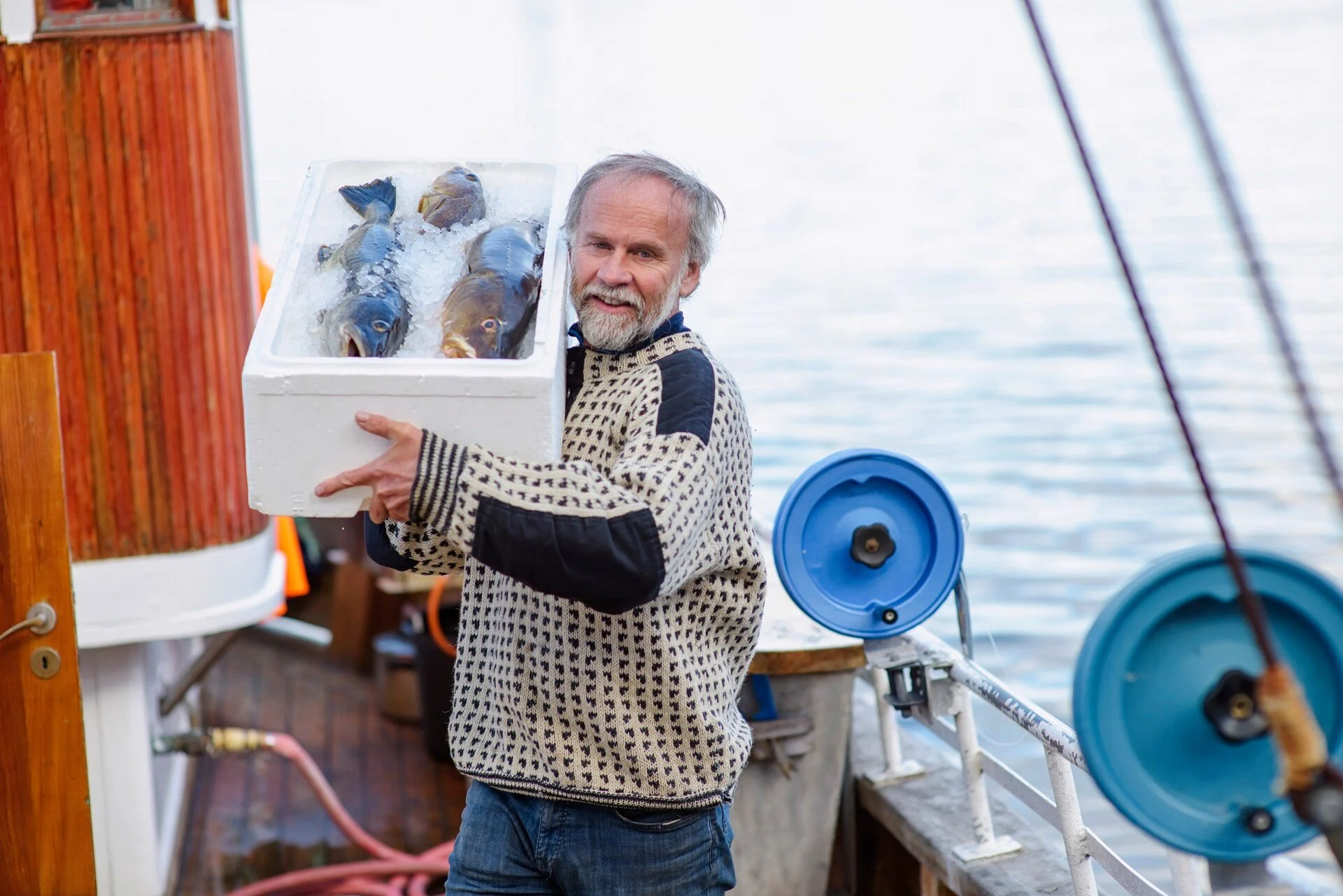
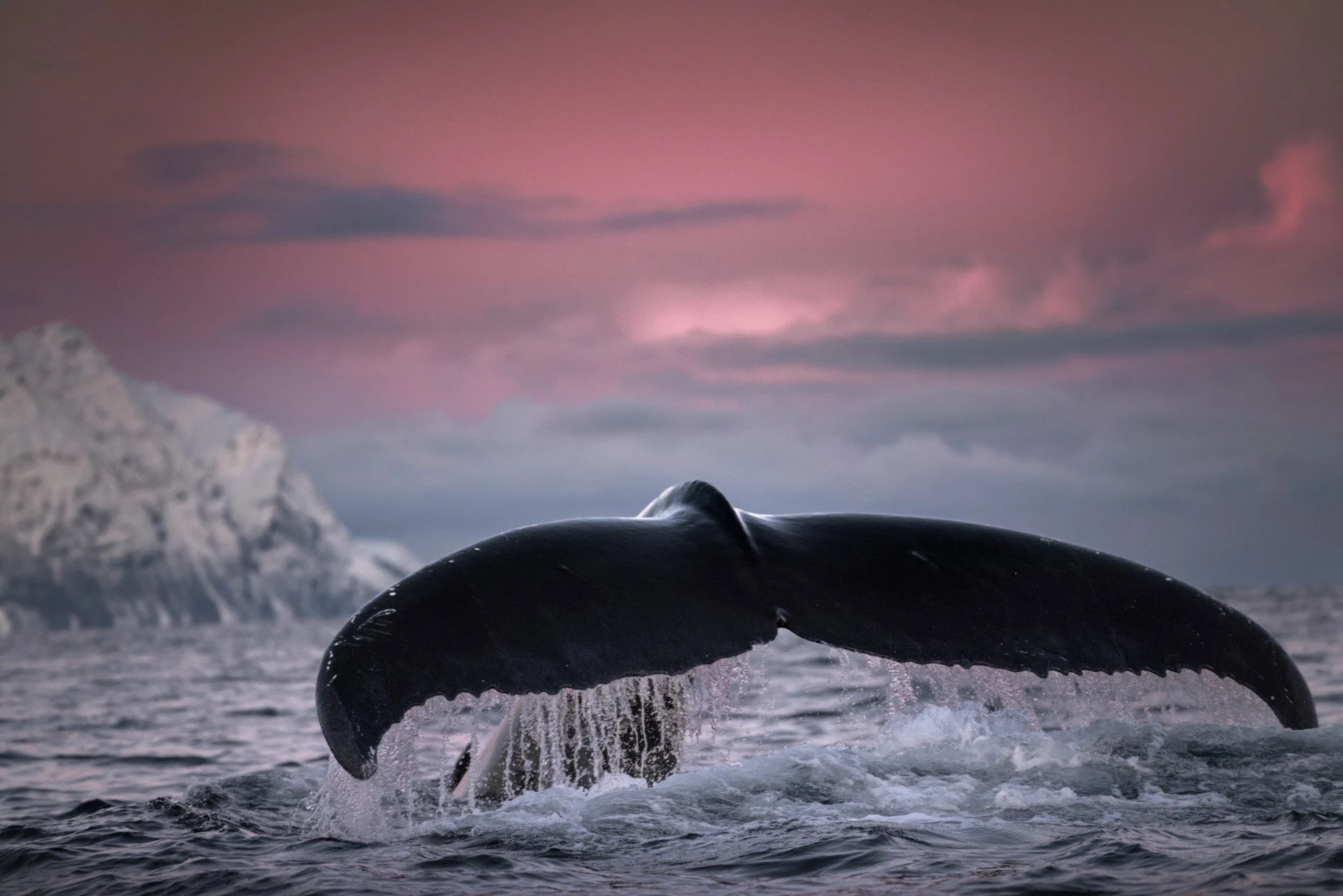
Giants below the surface
For many visitors, the creature they most want to see while exploring the Norwegian coast is the whale. Found in the waters of northern Norway, these majestic, beautiful and intelligent animals are the undisputed kings of the sea.
On a Hurtigruten voyage, you may encounter whales while sitting on deck in the fjords, on a boat excursion or even during a kayak safari – as close to the water as you can possibly get without actually jumping in.
Set sail on The Coastal Express
- Multiple offers
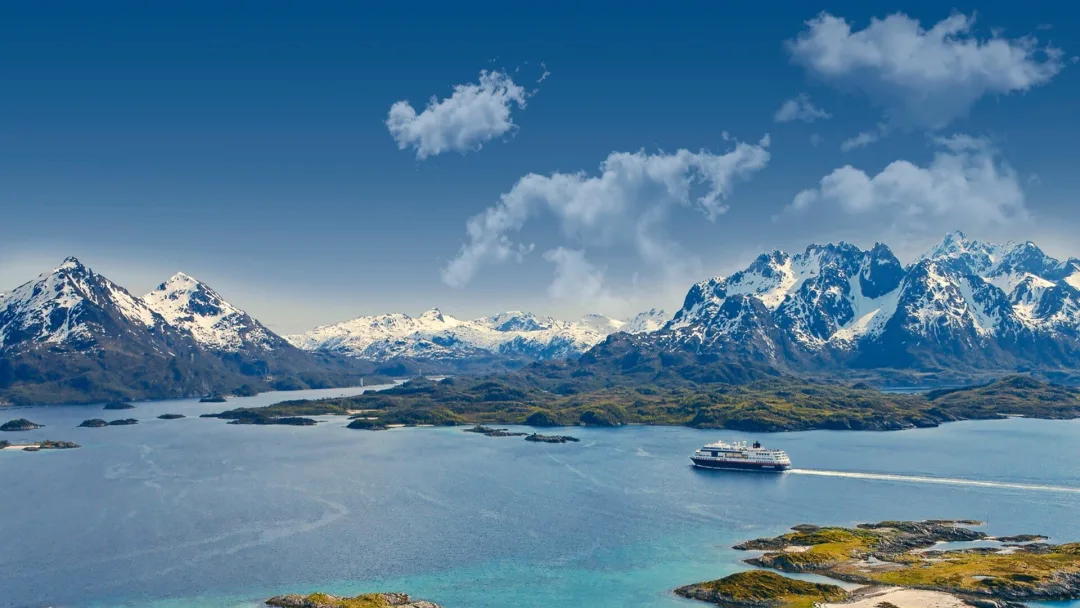
Roundtrip Voyage from Bergen | Explore Norway’s Coastline
Route
Bergen - Kirkenes - Bergen (Roundtrip)
Departure Dates
Regular departures - 12 days
Price from $4,014
$2,810
Ships
Multiple
- Solo travelers | No single supplement
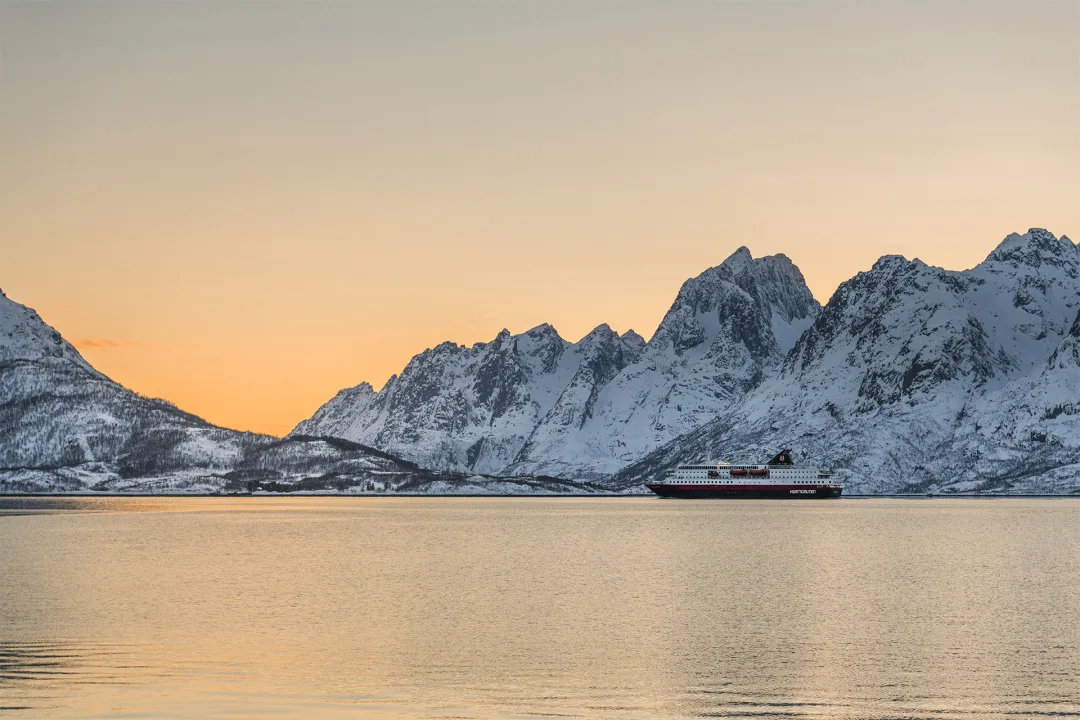
11-Day Norwegian Voyage | Bergen - Kirkenes - Trondheim
Route
Bergen - Kirkenes - Trondheim (Roundtrip)
Departure Dates
Regular departures - 11 days
Price from
$4,015
Ships
Multiple
- Up to 30% offSolo travelers | No single supplement
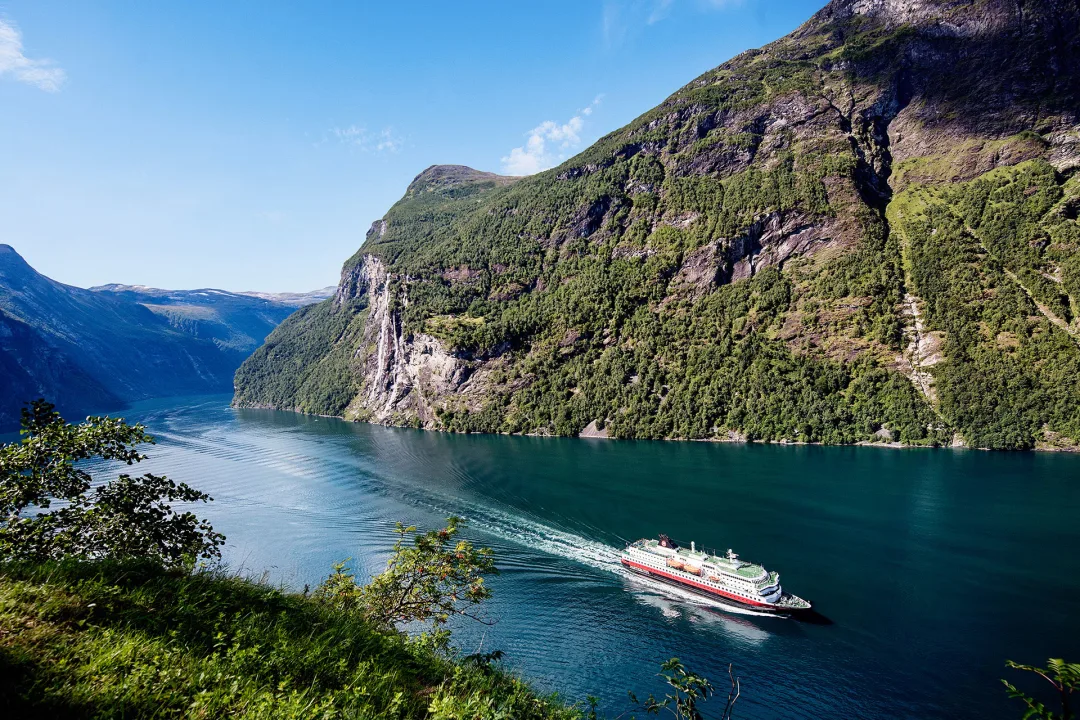
7-Day Classic Voyage North: Bergen to Kirkenes
Route
Bergen - Kirkenes (Northbound)
Departure Dates
Regular departures - 7 days
Price from $2,730
$1,911
Ships
Multiple
Kings of the ocean floor
Another famous ocean fellow is the red king crab, a non-native species that migrated to the coast of Finnmark in the 1960s after being introduced to the Barents Sea by Russian scientists.
Today it is considered a delicacy and is flown down to the continent's gourmet restaurants, where it is sold for prices akin to the most exclusive steaks. But nothing can compare to enjoying fresh king crab on board our ships, just minutes after it has been hauled up from the seabed.
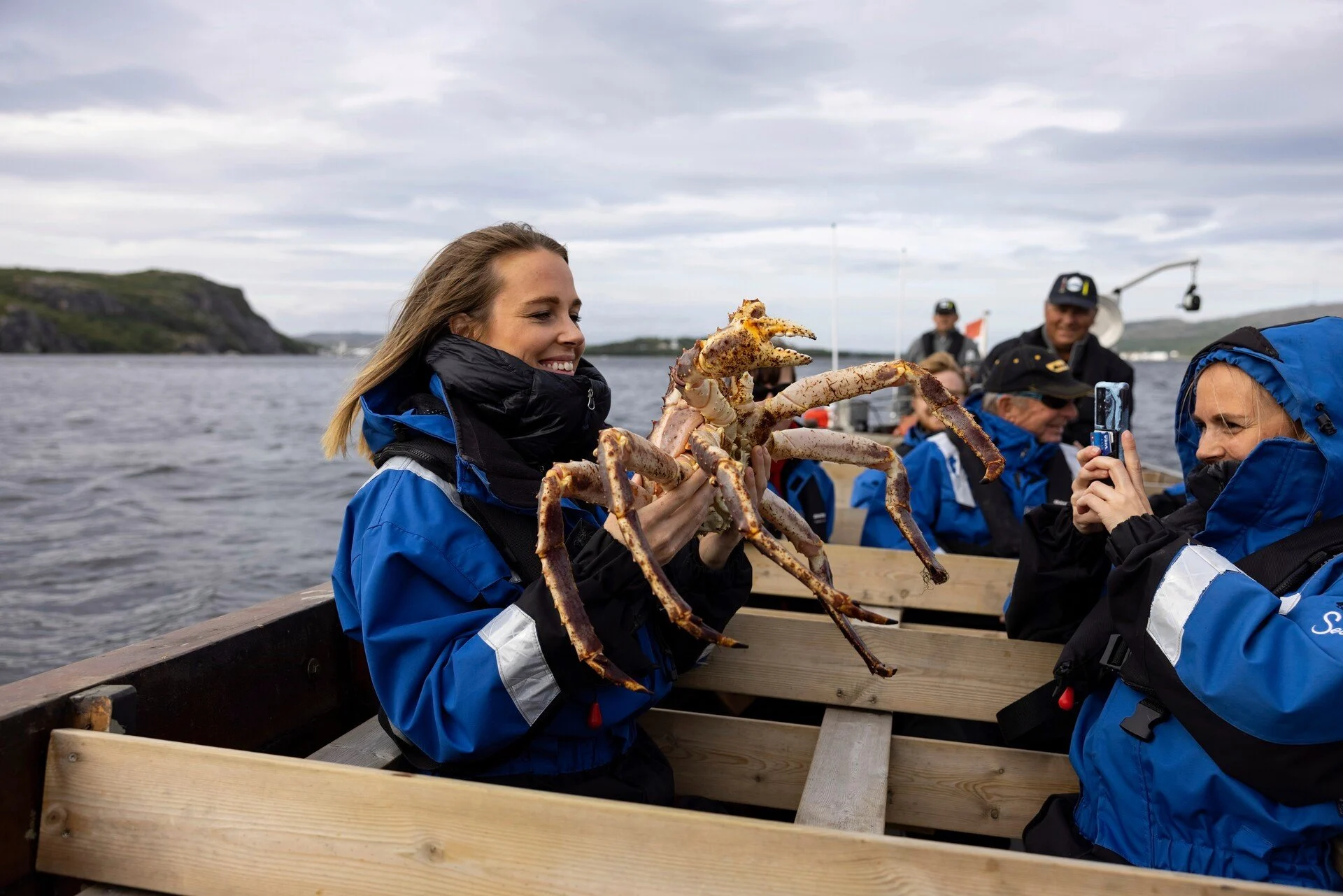

A birdwatcher’s paradise
From the cliffs to the fjords, Norway is a great place for a variety of birdlife. On a Hurtigruten voyage, avid bird watchers will get a unique look at the diversity of avian species found along the country’s rugged coastline.
The most common species are auks, frigatebirds, gulls, pelicans, cormorants, darters, fulmars, gannets and sheathbills. But two particularly popular species with guests are the Atlantic Puffin, known as the “clown of the sea”, and the White-tailed Eagle – the largest bird of prey in Norway.
More than just Santa’s helpers
A Norwegian icon, reindeer have been an important source of trade and a way of life in the country for thousands of years.
An essential part of Sámi culture, reindeer are known for being particularly sturdy – which comes in handy in the cold and windy Norwegian steppes and mountains. Herds are reared for food, pelts, tools and for pulling sleds and wagons.
